| Structure | Name/CAS No. | Articles |
|---|---|---|
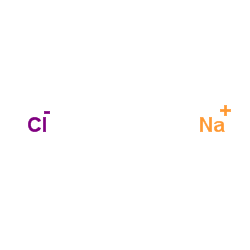 |
sodium chloride
CAS:7647-14-5 |
|
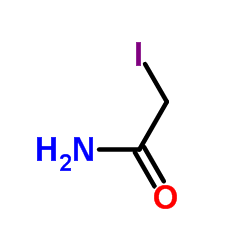 |
Iodoacetamide
CAS:144-48-9 |
|
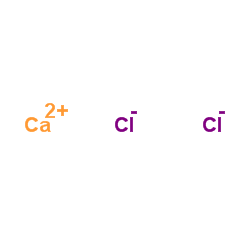 |
Calcium chloride
CAS:10043-52-4 |
|
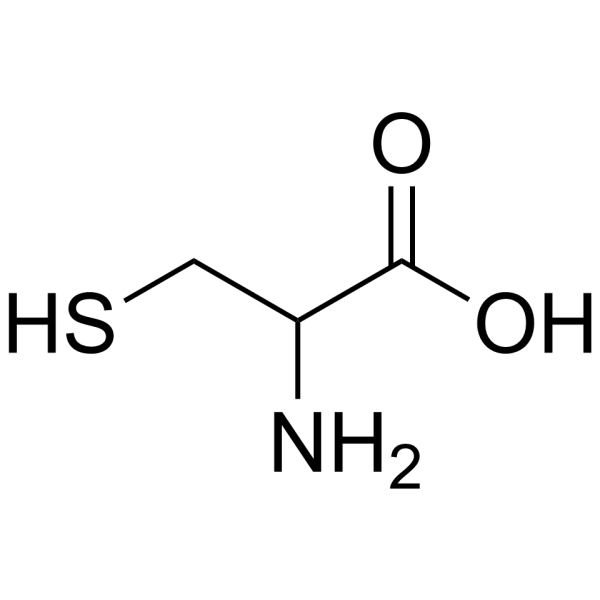 |
DL-CYSTEINE (1-13C)
CAS:3374-22-9 |
|
 |
SODIUM CHLORIDE-35 CL
CAS:20510-55-8 |
|
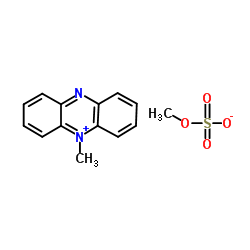 |
Phenazine methylsulfate
CAS:299-11-6 |
|
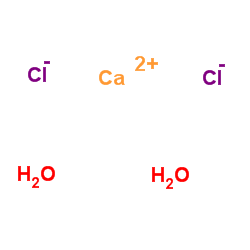 |
calcium chloride dihydrate
CAS:10035-04-8 |
|
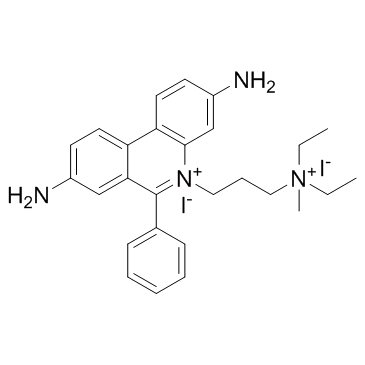 |
Propidium Iodide
CAS:25535-16-4 |
|
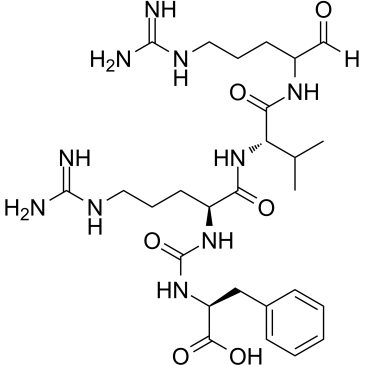 |
Antipain
CAS:37691-11-5 |
|
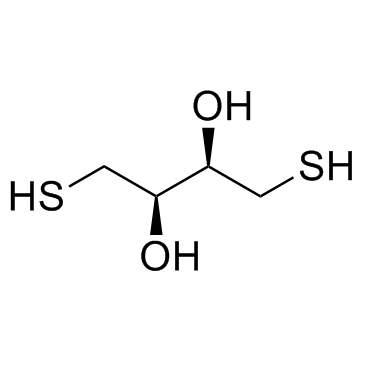 |
DL-Dithiothreitol
CAS:3483-12-3 |